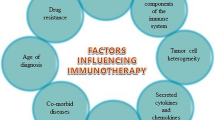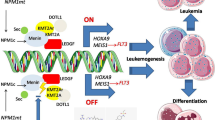Abstract
Purpose: Malignant gliomas display aggressive local behavior and are not cured by existing therapy. Etoposide, a topoisomerase-II-inhibitor agent, is one of the most active and useful antineoplastic agents. However, etoposide is not usually used on these tumors. We undertook an in vitro study to prove that etoposide is a useful drug for malignant gliomas. Methods: Five human glioma cell lines were the basis for this study. Following exposure to various concentrations of etoposide, the glioma cell lines were found to be sensitive; the median concentration inhibiting the number of cells by 50% (IC50) was 8.76 μg/ml (range 8–15.8 μg/ml). Since topoisomerase II is the critical target for etoposide, it was of interest to determine the topoisomerase II activity (decatenation of kinetoplast DNA isolated from Cryphtidia fasciculata) and the etoposide-induced inhibition of topoisomerase II activity. Results: The topoisomerase II activity was homogeneous in glioma cell lines (average of 50% decatenation with 7,000 cells), and topoisomerase II was the target of the etoposide. Conclusions: Our results suggest that topoiomerase II-reactive agents may prove to be clinically useful drugs for patients with malignant gliomas.
Similar content being viewed by others
Author information
Authors and Affiliations
Additional information
Received: 4 March 1997 / Accepted: 1 June 1997
Rights and permissions
About this article
Cite this article
Beauchesne, P., Bertrand, S., N'guyen, M. et al. Etoposide sensitivity of radioresistant human glioma cell lines. Cancer Chemother Pharmacol 41, 93–97 (1997). https://doi.org/10.1007/s002800050713
Issue Date:
DOI: https://doi.org/10.1007/s002800050713




